Kanko yaki (かんこ焼) is a traditional drum-shaped snack from the Tsukui area of Sagamihara City in Kanagawa Prefecture. Its name comes from its round shape, which resembles a small gagaku drum (kakko) used in Japanese court music. This hearty little pastry enjoyed in the region since the Edo period. In this article, we’ll explain what kanko yaki is, its history, and even introduce a spot where you can try it in Japan.
What is Kanko yaki?

Kanko yaki is a stuffed wheat-flour dumpling or pancake. Think of it like an oyaki (a Japanese stuffed bun), but fried and steamed. It is made by wrapping a lightly seasoned dough of wheat flour around a filling of local ingredients, then pan-frying and steaming the cake. Common fillings include seasonal wild vegetables, adzuki red beans, pumpkin, mushrooms, or pickles.
Because they made this with wholesome local foods and no artificial additives, kankoyaki has a simple, homey flavor. The pastry dough itself is slightly salty, which balances sweet or savory fillings. In Sagamihara folklore, kankoyaki’s shape and cooking method earned it a spot among Kanagawa’s regional specialties.
History

Kanko yaki has deep roots in Tsukui’s rural past. The Tsukui area is mountainous, and its volcanic soil drains quickly, so rice farming was never easy there. Instead, local farmers traditionally grew wheat and beans. This led to a flour-based food culture in the region. From the Edo period onward, families made kanko yaki at home as a filling lunch or snack. They would often pack the dough with whatever was available: for example, in early summer, they might use salted ayu fish innards (uruka), while in autumn they’d fill them with mushrooms, sweet potato, or chestnuts.
Around New Year’s, people even made hundreds of kankoyaki or manju as gifts for relatives and neighbors. In this way, kankoyaki became a beloved traditional dish that highlighted each season’s harvest. The name itself, “kanko,” likely comes from the drum-like shape of the cakes.
Where to Try Kanko yaki in Japan
Tsukui Lake Tourist Center (津久井湖観光センター)
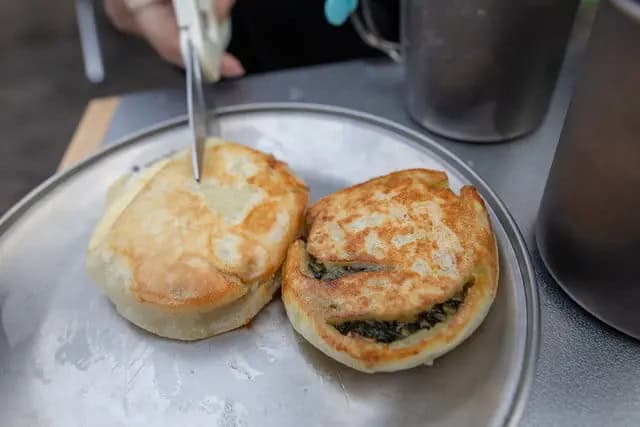
One place you can try kankoyaki is the Tsukui Lake Tourist Center (津久井湖観光センター) in Sagamihara. This visitor center and local market sell Sagamihara specialties, including kankoyaki. When you visit, you’ll not only find kankoyaki, but also fresh local vegetables and other regional foods, all enjoying a view of Tsukui Lake.
Conclusion
Kanko yaki is a humble but charming part of Kanagawa’s food heritage — a wheat-flour dumpling filled with the tastes of the Tsukui mountains and steam-fired to perfection. Next time you are exploring regional Japanese foods, look for this little “drum cake.”
And if you enjoy kanko yaki, you might also try similar stuffed wheat dumplings from other regions, such as Nagano’s oyaki or sweet imagawayaki. These treats all celebrate local ingredients wrapped in dough. Kankoyaki reminds us that Japanese cuisine includes many simple, seasonal specialties worth tasting. Enjoy discovering these flavors of Japan!
Kanko-yaki (かんこ焼) FAQ
- What is Kanko-yaki?
Kanko-yaki is a traditional sweet from Ashikaga, Tochigi Prefecture. It’s a small, round pancake-like treat filled with sweet red bean paste.
- What does the name “Kanko-yaki” mean?
The word “kanko” is said to come from the sound of the iron mold closing when cooking the cakes.
- What does it taste like?
The outside is soft and fluffy, while the inside is filled with warm, sweet anko (red bean paste). Simple but nostalgic in flavor.
- When is Kanko-yaki eaten?
It’s a popular street snack, especially during festivals and temple fairs in Ashikaga.
- Is it similar to other Japanese sweets?
Yes, it’s similar to imagawayaki or taiyaki, but Kanko-yaki is simpler in shape—just round and plain, without decorative designs.
- Where can I try Kanko-yaki?
You can find it at long-standing shops near Bannaji Temple in Ashikaga, where it has been loved by locals for generations.
- Can I take it home?
It’s best eaten fresh while warm, but some shops sell them for take-out.
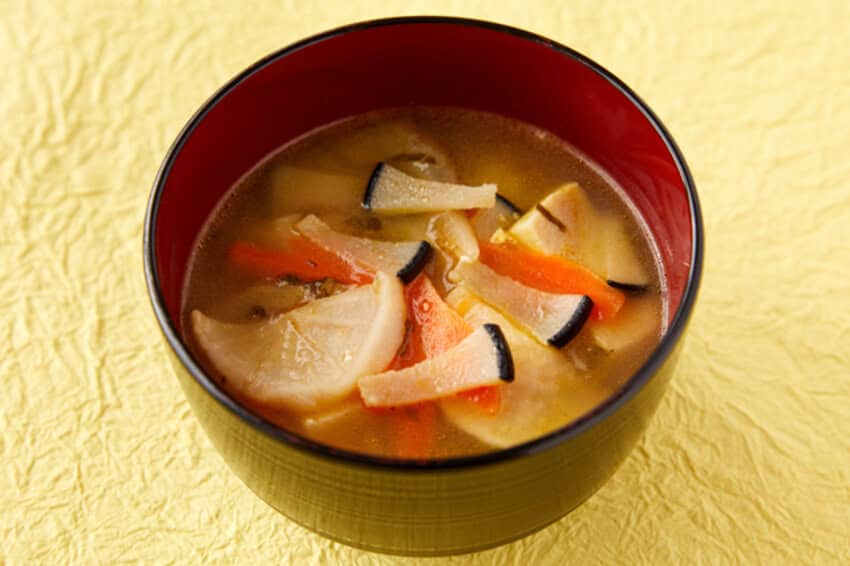
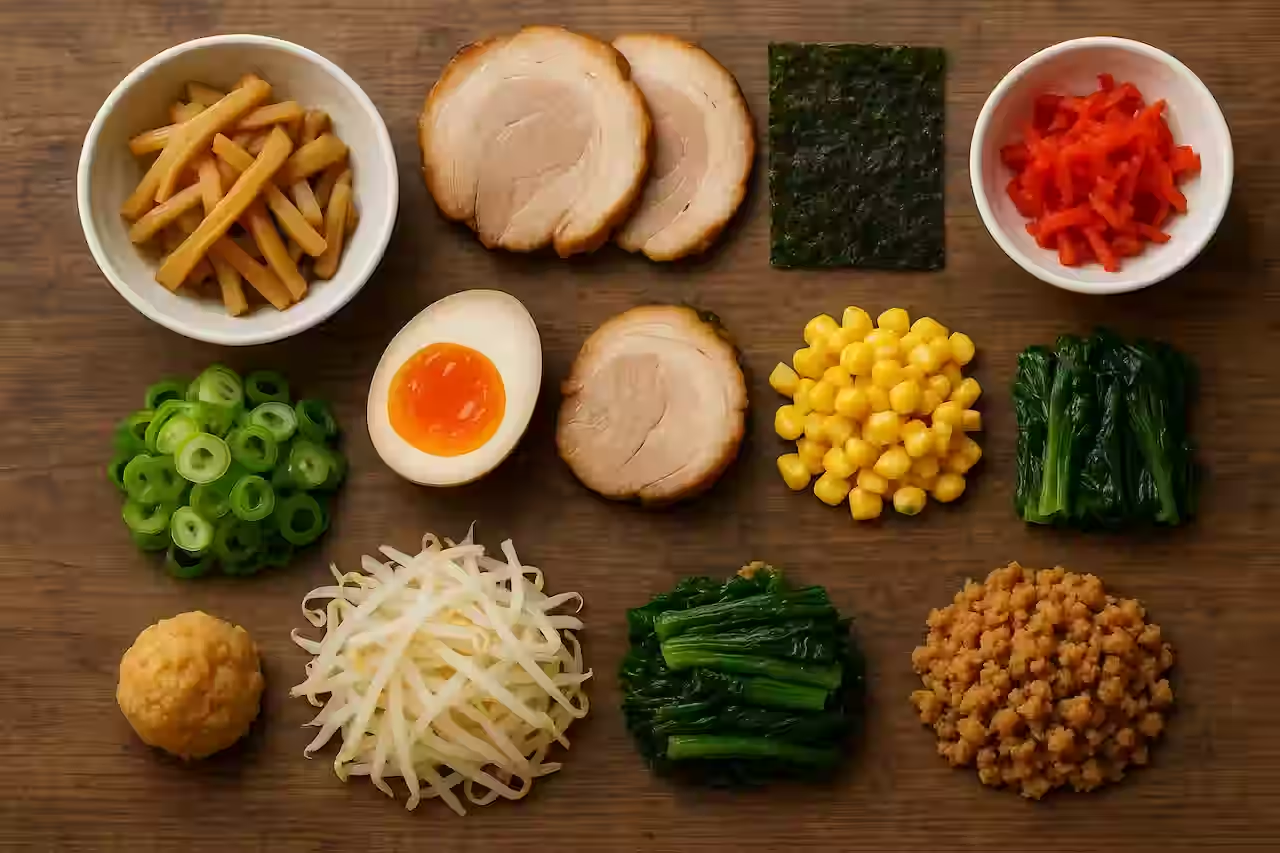
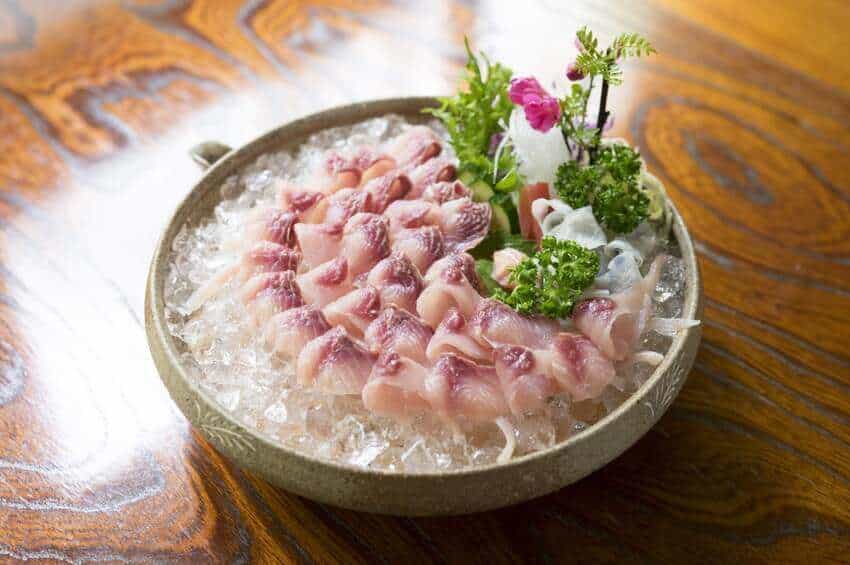
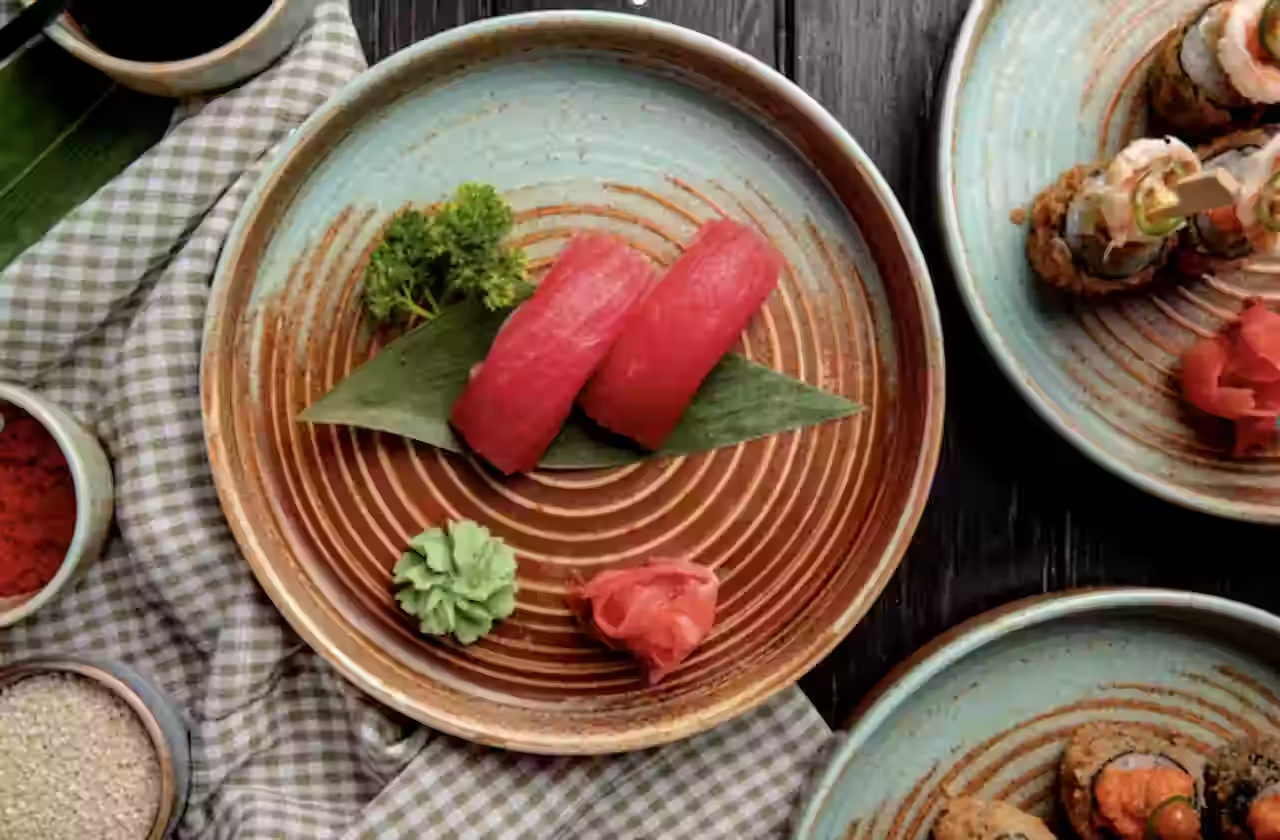
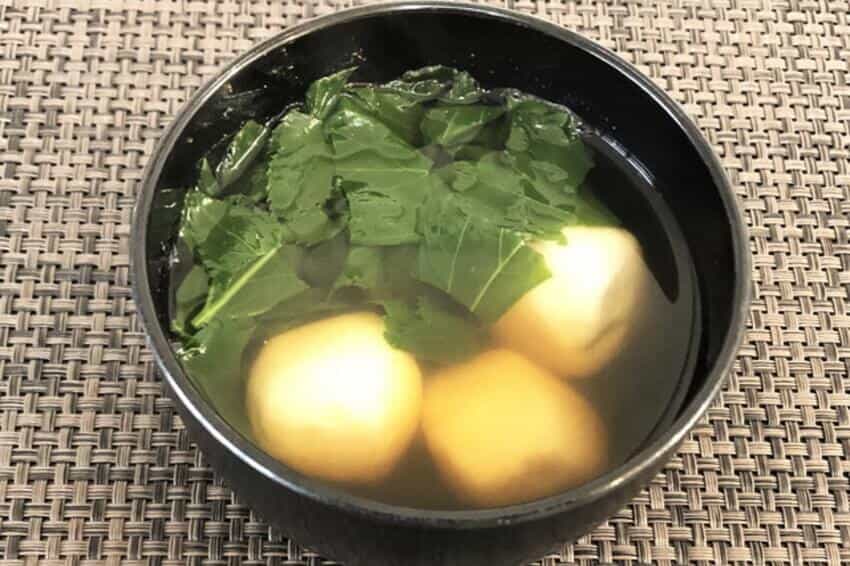



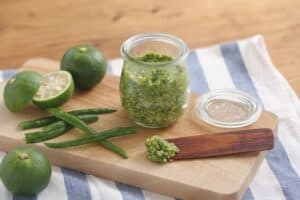
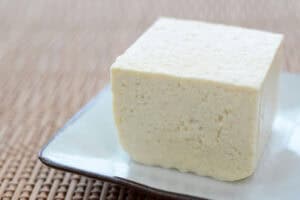
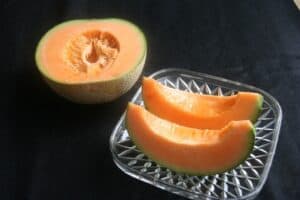
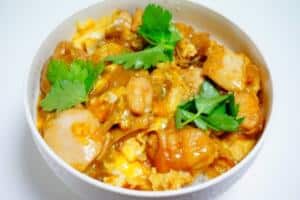
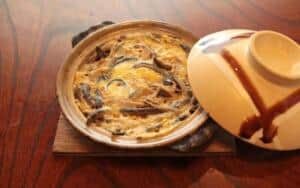
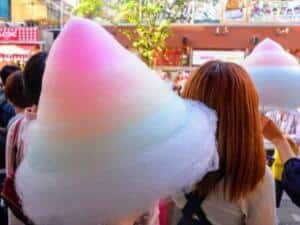
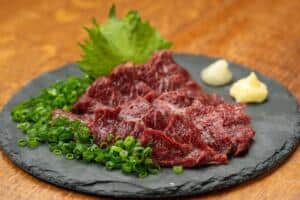
 牧野悦子-1-1256x832-1-300x199.jpg)
Comments